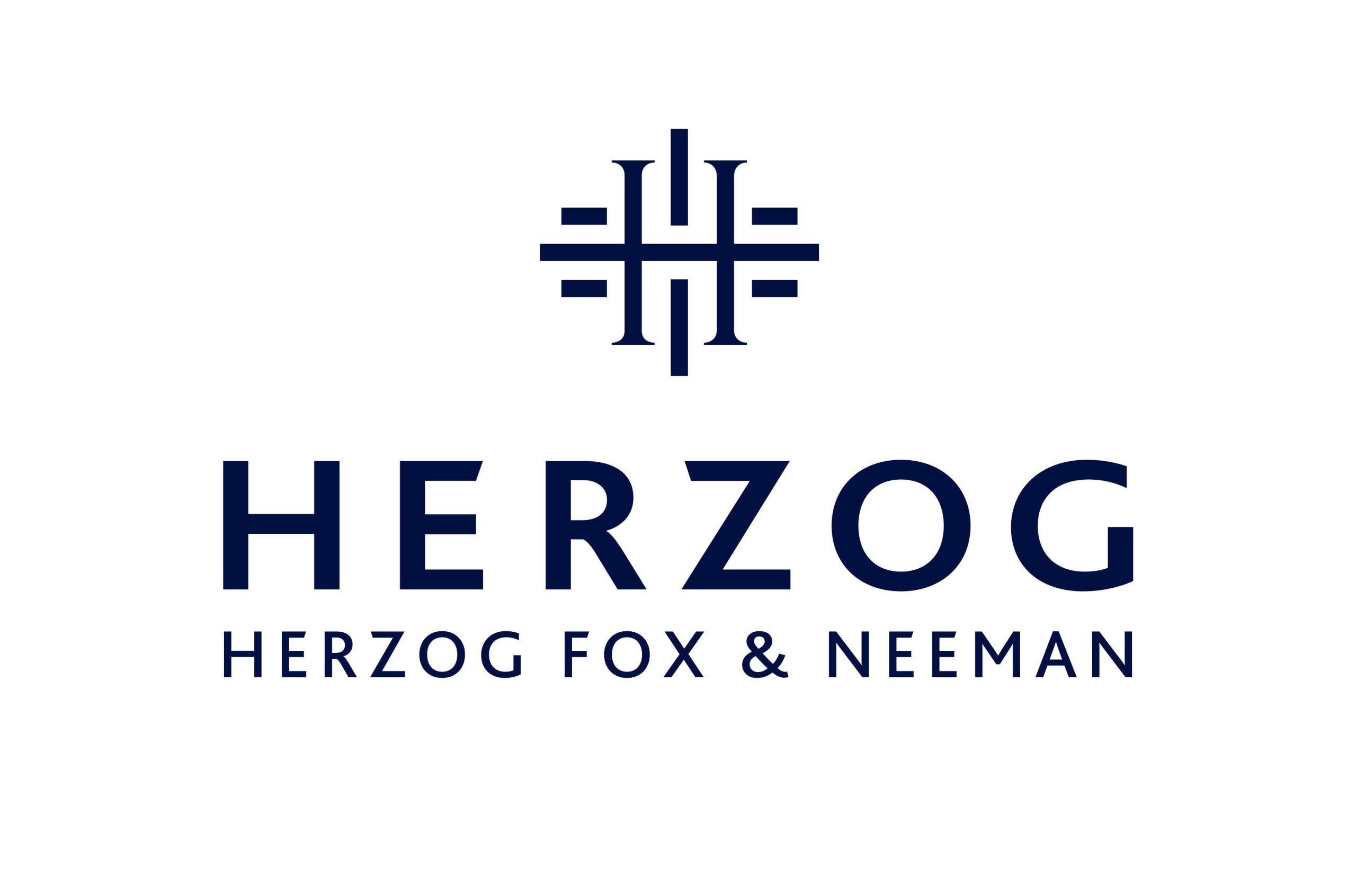The ITA Publishes Guidance and Safe Harbor for SAFEs
17 May 2023
The Israel Tax Authority’s Guidance
The Israel Tax Authority (the “ITA“) published yesterday a formal letter addressed to the Israel Advances Technology Industries association (the “Guidance“) concerning the classification of Simple Agreements for Future Equity (commonly referred to as “SAFEs”) as an investment instrument for tax purposes. The Guidance (in Hebrew) can be found here. The Guidance puts an end to several years of uncertainty on this matter, achieving a milestone with respect to taxation of the high-tech industry in Israel. The Guidance is particularly important in light the current economic reality, where the use of SAFEs as an instrument for raising capital has become very common, both for start-up companies in their early stages as well as more established companies. Our firm took an active part in the discussions with representatives of the Professional Department at the ITA, which ultimately led to the publication of the Guidance. We offer below some of the key issues covered under the Guidance.
What is SAFE?
The SAFE instrument was developed about a decade ago by Ycombinator, a US incubator. A SAFE is a common instrument used for investing in technology companies; it enables investments in companies using relatively short and simple documents and, more importantly, without having to determine a valuation for the company at the time of the investment. In consideration for the SAFE investment, the investor is entitled to receive shares in the company at a future date upon the occurrence of a certain event, namely, an event that establishes a valuation for the company such as a significant funding round or an IPO. The quantity of shares the investor is entitled to receive is determined by dividing the investment amount by the price per share. Upon issuance of shares to the SAFE investor following such event, the price per share set for the SAFE investor is usually discounted compared to the price per share paid by the new (non-SAFE) investors at the date of such event.
The Scope of the Guidance
As mentioned, the Guidance comes after several years of uncertainty around the ITA’s position on the classification of SAFE instruments for tax purposes (i.e., as capital or debt). The classification of a SAFE has significant importance both for the company raising capital as well as the investors. Classification of SAFEs as debt instruments exposes investors to a potential claim by the ITA that the said discount component constitutes interest income. Such interest income may result in a tax liability for the investors (interest income) and a withholding tax obligation for the company. Classification of the SAFE as debt is crucial for non-Israeli investors given they are generally exempt from tax on capital gains derived from investment in shares of Israeli resident companies.
Taxation of Investors
In the Guidance, the ITA outlines a “green route” (Safe Harbor) according to which a SAFE that meets all the conditions listed in the Guidance will be classified as an advance payment on account of shares, which is considered an equity investment in the company’s capital for tax purposes. As such, the conversion of the SAFE into the company’s shares would not result in a tax event for the SAFE investor and the consideration for the sale of the shares issued in connection with the SAFE will be treated as consideration for sale of equity.
Withholding Tax Obligations Applicable to the Company
Subject to meeting the green route’s conditions, the company raising funds via SAFEs would be exempt from the obligation to withhold tax and there would not be a tax event to the investor upon conversion of the SAFE and issuance of shares. Based on the Guidance, the exemption from withholding applies even if the Minimal Holding Period requirement (as defined below) and the price per share requirement detailed therein are not met (see conditions 14 and 15 below).
It should be emphasized that the Guidance only establishes a safe harbor. Therefore, a SAFE instrument that does not meet all the green route’s conditions would not necessarily be classified as a debt instrument, but rather, would be examined by the ITA.
The Guidance states that although meeting the green route’s conditions grants an exemption from the obligation to withhold tax upon conversion of the SAFE and that there would not be a tax event to the investor, this does not derogate from the authority of the assessing officer to examine the classification of the income generated by the investor at the date the shares received from the conversion are sold in light of the investor’s specific circumstances (e.g., the investor is an employee or a director of the company) or the classification of the transaction as a one-time transaction of a commercial nature.
In addition, the Guidance clarifies that this is temporary guidance for SAFEs that have been entered into (or will be entered into) by December 31, 2024, or until the publication of different guidance by the ITA, whichever is earlier.
Future Plans
The Guidance to the tax assessment offices is the first step of the ITA towards the publication of an orderly position in the form of a professional circular. A circular is expected to be published after the assessment offices gain practical experience in classifying SAFE instruments based on the Guidance.
The Conditions of the Green Route
Below is a short description of the conditions for the classification of SAFE as a capital instrument. It should be emphasized that the conditions are cumulative, namely, all conditions must be met for the green route to apply.
1. The company and its activities
(a) The investment was made in an Israeli resident private high-tech company;
(b) Most of the company’s expenses are classified as research and development expenses or as expenses related to the manufacture or marketing of products that were developed by it through research and development and recorded as such in the company’s audited financial statements for each year during one of the following periods: (i) the three years preceding the date of signing the SAFE; or (ii) if the company exists for less than three years, throughout the entire period from the company’s establishment until the date the SAFE is signed;
(c) The above-mentioned research and development activity continues to take place at the SAFE is signed;
(d) The majority of the value of the assets held by the company does not derive, directly or indirectly, from real estate located in Israel (including rights in real estate or real estate corporation or a right to exploit natural resources in Israel or a right to receive benefits from real estate in Israel).
2. No previous funding round took place at a known valuation – the company did not raise funds based on a known valuation during the three-month period preceding the closing date of the SAFE.
3. The investment amount – the amount invested through the SAFE, directly or indirectly, does not exceed forty million NIS per investor.
4. Limitation on the investor’s ability to transfer the SAFE to a third party – the SAFE determines that until the conversion date, the investor’s right to transfer the SAFE to a third-party transferee is conditional upon the approval of the company, unless such transferee is a permitted transferee under the SAFE.
5. The title of the investment agreement – the parties did not use “Loan Agreement”, “Debt” or any similar title inferring that the investment agreement reflects a debt instrument and not an equity investment.
6. The conversion mechanism – the SAFE states that the conversion of the SAFE into shares will be carried out only in accordance with one of the following pre-determined mechanisms:
(a) On the date of a funding round event as mentioned in condition 13 below;
(b) On the date of an IPO;
(c) On the date of an exit event in which a majority of the company’s shareholders sell their shares. For this purpose, the calculation is based on the number of shareholders and not shares sold, disregarding for this purpose, holders of options, or sale of options or shares underlying options granted to employees or advisors of the company;
(d) The price per share is calculated in accordance with the value of the company in the most recent funding round (without discount);
(e) Following a transaction in which the company sells most or all its assets.
7. The investor is not entitled to a repayment –the SAFE does not entitle the investor to any repayment of his/her/its investment amount other than the conversion of the SAFE to shares or receiving equivalent consideration in an amount which would have been received for shares under the SAFE had it converted as part of a sale of all the company’s shares, and no agreed date for such refund has been determined in advance in the SAFE, unless of the following events occurs (each, a “Trigger Event“):
(a) Voluntary liquidation;
(b) Involuntary liquidation;
(c) The appointment of a receiver or a special administrator by one of the following: (i) the State Official Receiver; (ii) a court of law; or (iii) the Law Enforcement and Collection System Authority;
(d) General assignment of rights to creditors.
That SAFE determines that upon the occurrence of a Trigger Event, the investor is only entitled to a repayment of his/her/its principal investment amount.
8. The SAFE is subordinate to other commitments of the company – The SAFE is subordinate in the order of priority to the company’s creditors, except in a liquidation event where the SAFE is subordinate to the company’s creditors but has priority over ordinary shares.
9. The company has not committed to pay the investor any consideration not otherwise paid to its shareholders – the company did not contractually commit to pay the investor any cash or in-kind receipts, such as interest, royalties or any other type of consideration that differs from any consideration the company pays to its other shareholders. This condition must be met throughout the period from the date of investment via the SAFE until the date of conversion of the SAFE into shares.
10. The benefit granted to the SAFE investor is not compensation for the value of time – the benefit granted to the investor under the SAFE does not increase as a linear function of the time that has passed.
11. Absence of liens or guarantees – no liens or pledges were imposed on the company’s assets and no guarantees were provided to the investor by the company or its subsidiaries or related companies in connection with the SAFE.
12. No expenses were deducted in connection with the SAFE – the company does not claim any finance expense or deduction for tax purposes in connection with the SAFE, by way of recording finance expenses, capitalizing financing costs or because of revaluation of a liability or any other expense.
13. Conversion date – the conversion of the SAFE into shares occurs as part of a funding round in which at least 25% of the funding in the round was raised from investors who/that are not SAFE investors.
14. Minimal holding period – the investor held the shares received as a result of the SAFE conversion prior to their sale for a minimum period, determined as one of the following (the “Minimal Holding Period“):
(a) 12 months from the date on which the SAFE was signed; or
(b) 9 months from the date of the conversion of the SAFE into shares.
The Guidance includes a grandfathering provision for SAFEs entered into prior to the lapse of 30 days from the date of publication of the Guidance, pursuant to which the Minimal Holding Period requirement applies also to SAFEs convertible into cash or cash equivalents.
Forced transaction exception: the Minimal Holding Period would not apply if either the conversion of the SAFE or the sale of the shares underlying the SAFE following its conversion occurred as part of a transaction that meets all of the following conditions:
(a) A majority of the company’s shareholders sold their shares in the transaction. For this purpose, the calculation is based on the number of shareholders and not shares sold, disregarding for this purpose, holders of options, or sale of options or shares underlying options granted to employees or advisors of the company;
(b) The consideration in the transaction is not paid by the company but rather, by an unrelated third-party buyer or a company shareholder, provided that such shareholder does not hold more than 25% of the company’s share capital.
15. Price per share – The price per share used to determine the consideration that the SAFE investor is entitled to receive is equal to the price per share determined for other shareholders holding the same type of shares, disregarding for this purpose, the benefit, if any, specified in advance in the SAFE.
In light of the conditions specified in the Guidance, proper drafting of the SAFE can save the company and its investors significant tax costs and unnecessary dealings with the ITA. We therefore recommend consulting with us in advance. Companies that previously used SAFEs or other convertible instruments for raising capital (such as convertible loan agreements or advance investment agreements) should examine the Guidance’s potential implications on such instruments and how to address instruments that do not meet the Guidance conditions.
Our tax department has extensive experience in these issues. We are at your disposal and would be happy to provide comprehensive advice regarding the potential tax implications of investments through SAFEs or other convertible instruments.
Sincerely,
The Tax Department
Herzog Fox & Neeman





